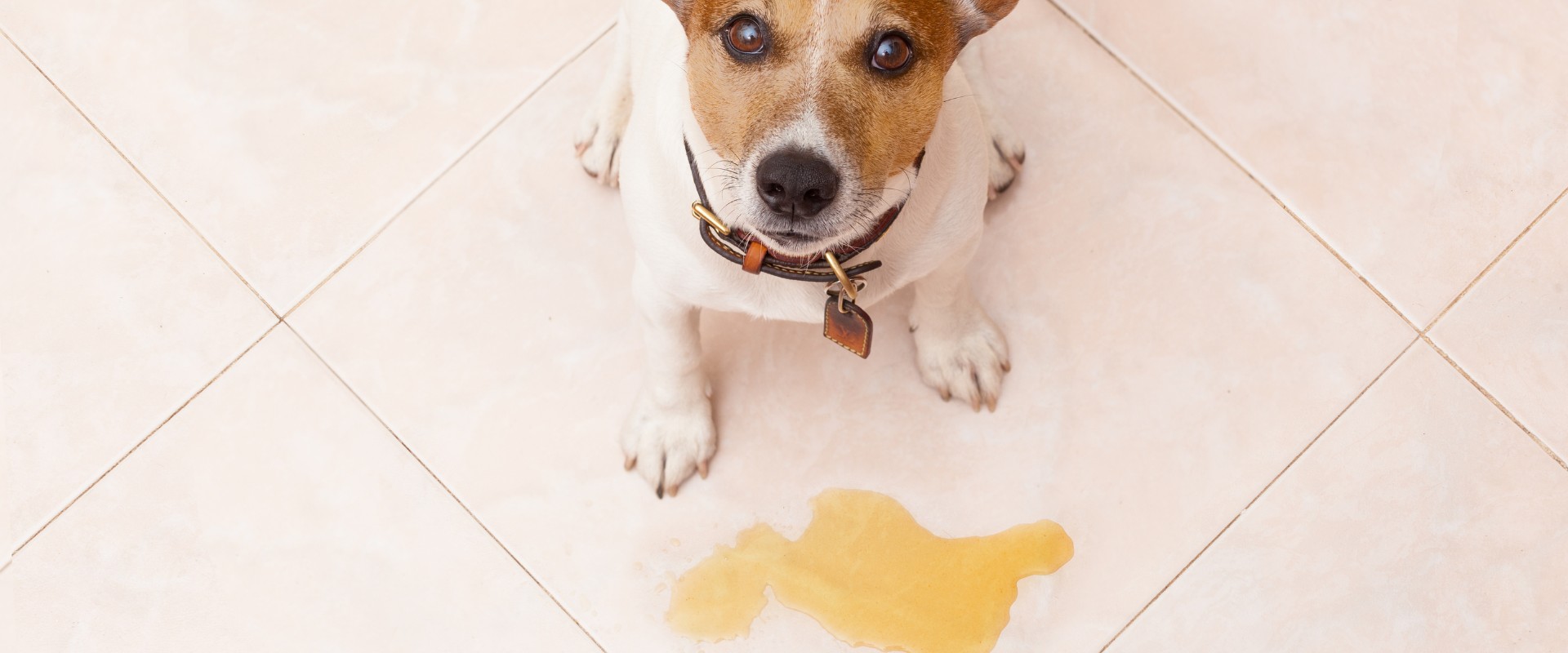Training your dog to ignore strangers is not just a matter of etiquette, but also of safety and control. By teaching your dog to be indifferent to people they don’t know, you can manage their behavior better in various situations, from taking a peaceful walk in the park to welcoming guests into your home. Below are the strategies and real-life examples that can guide you through this aspect of training.
Utilizing the “Look at Me” Command
Begin with the “Look at Me” command to establish a foundation where your dog learns to focus on you despite distractions. Here’s how:
- Hold a treat near your face.
- Say “Look at Me” or use your chosen command word.
- Once your dog establishes eye contact, immediately reward them with the treat.
Pro tip: Practice this command frequently, especially in environments where your dog is prone to distractions.
Controlled Exposures to Strangers
Bring your dog into situations where they can observe strangers from a safe distance:
- Choose a quiet location where strangers are present but not overwhelming.
- Allow your dog to watch the strangers. If they remain calm or look back at you for guidance, reward them.
- Gradually decrease the distance to strangers over many sessions, as long as your dog remains non-reactive.
Example: Start on a quiet street and gradually move toward busier locations as your dog’s training progresses.
Positive Reinforcement
Positive reinforcement is key to successful training:
- Arm yourself with treats or your dog’s favorite toy.
- When a stranger appears, initiate the “Look at Me” command.
- If your dog complies and ignores the stranger, give them a treat or play with their toy as a reward.
Example: If your dog pulls toward a stranger during a walk but redirects their attention back to you upon command, immediately reward them.
“Leave It” Command
Teach the “Leave It” command to discourage your dog from engaging with strangers:
- Hold out a treat in a closed hand.
- When your dog sniffs or paws at your hand, say “Leave It.”
- Once they lose interest in your hand, give them a different treat with your other hand and praise them.
Example: If your dog tries to approach a stranger, command “Leave It,” and if they turn away, reward them for their behavior.
Desensitization Techniques
Desensitization helps your dog become less reactive over time:
- From a comfortable distance, allow your dog to observe strangers without interacting.
- Reward calm behavior with treats and affection.
- Repeated exposure with positive experiences will gradually decrease your dog’s desire to interact with strangers.
Example: Sit at a park bench and feed treats to your dog while people pass at a distance. Over time, they should become less interested in the strangers.
Real-Life Applications
For dogs that pull toward strangers during walks, integrate “Look at Me” and “Leave It” commands using a combination of treats and praises—this refocuses their attention on you, rather than the stranger.
When someone rings the doorbell, instruct your dog to sit and stay away from the door, associating obedience in this scenario with positive reinforcement. This teaches patience and restraint.
In the park, if your dog approaches strangers, assert the “Leave It” command. Upon adhering to the command, reward your dog and briefly engage in play to solidify that following commands leads to enjoyable outcomes.
Patience and consistency are indispensable components of training your dog to ignore strangers. Remember that every dog has their pace of learning, so adjust your expectations according to your dog’s individual progress and always end training sessions on a positive note. Happy training!



